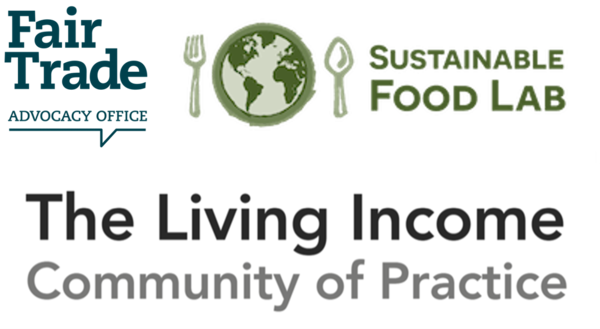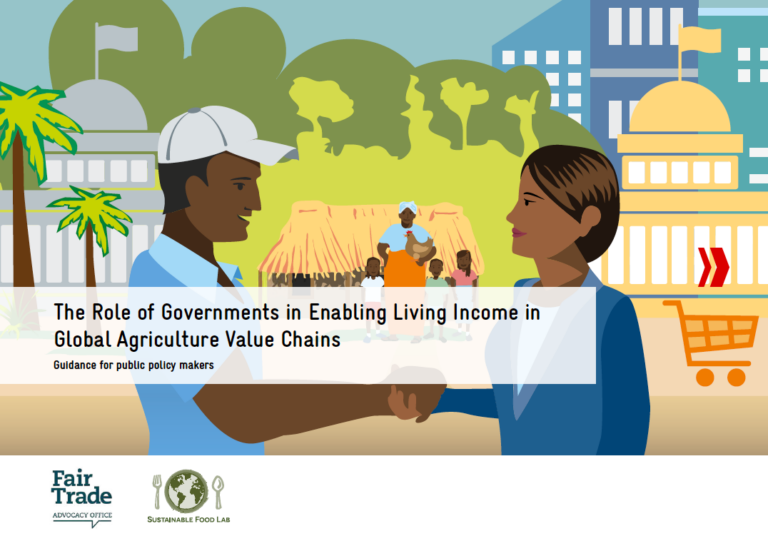- Why should governments adopt Living Income Strategies and Policies?
- What examples exist?
- What is needed to engage more public policy makers and ensure that all farmers along the value chains receive a Living Income?
This guide was created for policy-makers interested in providing support to smallholder farmers in an
effort to close the gap between actual incomes and a Living Income in agricultural value chains. The document provides considerations and guidance in relation to both production (supply-side) and consumption (demand-side) public policies.
Our aim is not to present any existing policy as a “best practice” or to be “copied and pasted” into other jurisdictions. More modestly, we hope this publication will provide food for thought and, perhaps, inspiration to public policy-makers around the world that wish to take action to ensure that all farmers,
regardless of their position in a value chain, receive a Living Income.
Explore the Living Income Guidance for Governments and learn more about the guidance document from the Sustainable Food Lab’s recent blog post.
effort to close the gap between actual incomes and a Living Income in agricultural value chains. The document provides considerations and guidance in relation to both production (supply-side) and consumption (demand-side) public policies.
Our aim is not to present any existing policy as a “best practice” or to be “copied and pasted” into other jurisdictions. More modestly, we hope this publication will provide food for thought and, perhaps, inspiration to public policy-makers around the world that wish to take action to ensure that all farmers,
regardless of their position in a value chain, receive a Living Income.




No comments:
Post a Comment